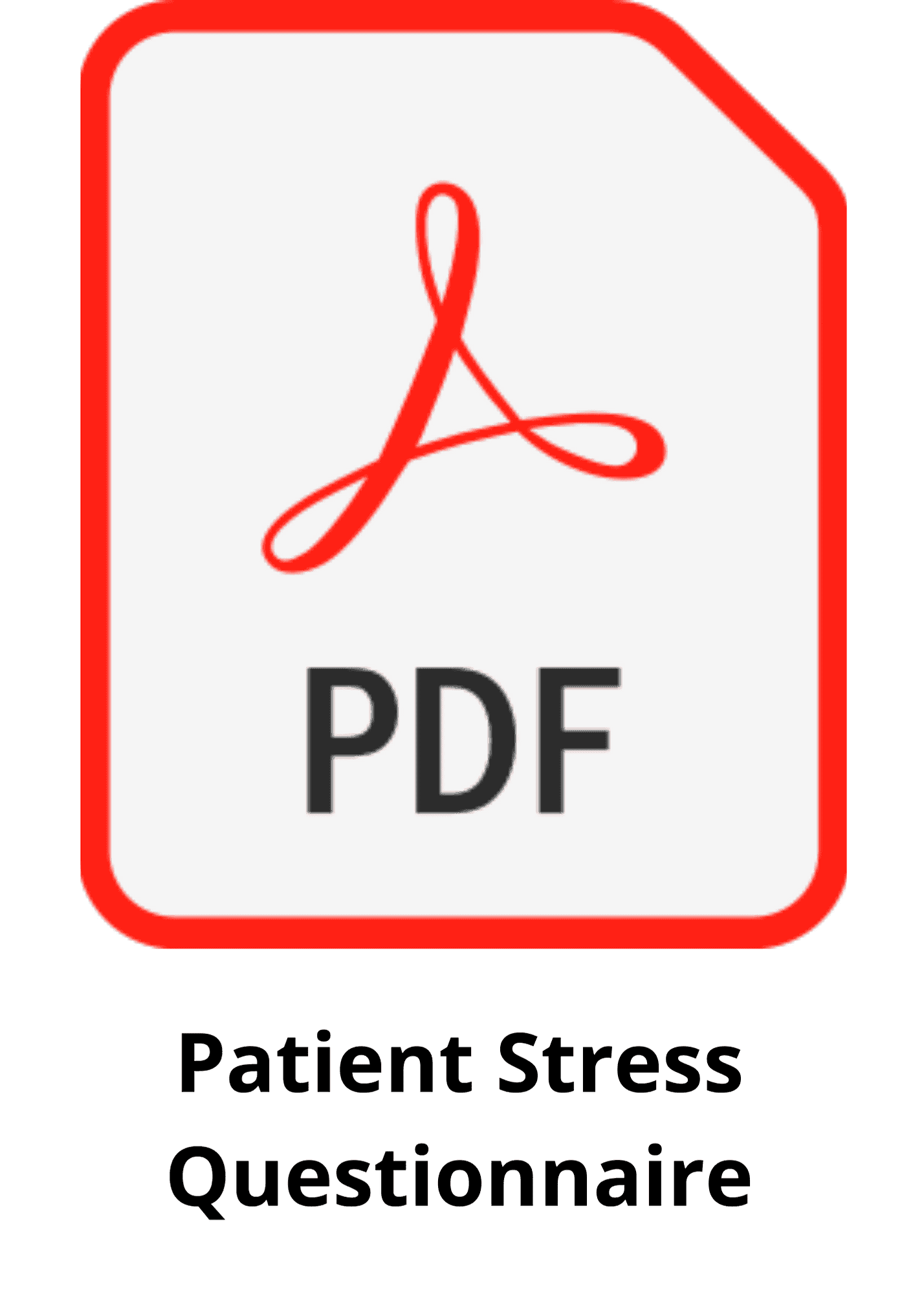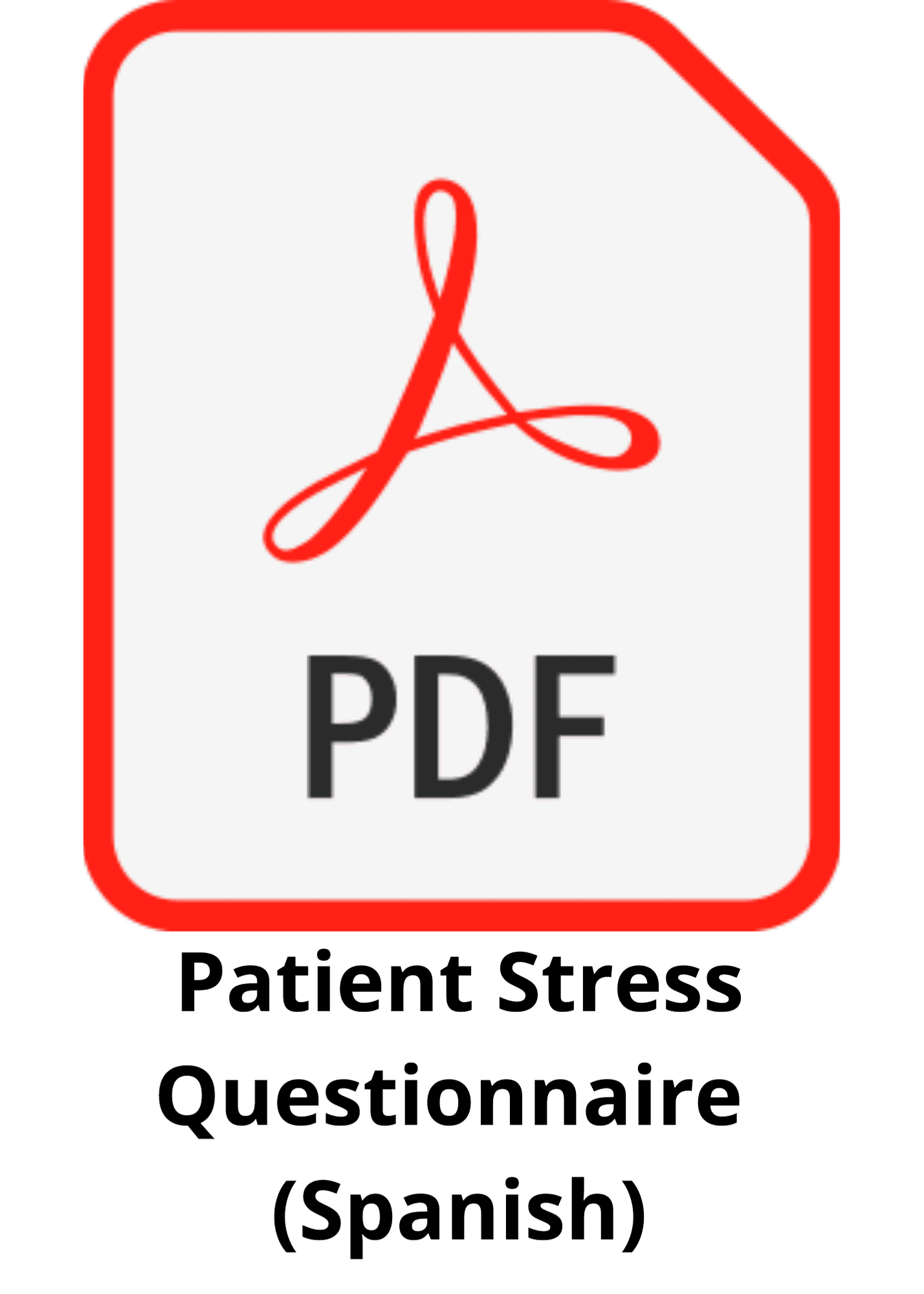Anyone can experience stress or sadness due to a variety of factors such as major life changes, work challenges, health or family issues, and a host of other challenges that can be short-term or long-term, intense or mild, frequent or seldom. People who have experienced trauma, anxiety, or depression are often unaware of the effects on their lives and on the lives of those around them; they can become accustomed to it. Some turn to alcohol or other substances in an attempt to “remedy” the symptoms, causing dependency or substance abuse. Because of this, healthcare teams create tools to assess and screen for these behavioral health symptoms.
The Patient Stress Questionnaire was created by the University of Massachusetts (adapted from the PHQ-9, GAD-7, PC-PTSD, and AUDIT). This questionnaire helps to assess depression, anxiety, trauma, and alcohol abuse, and while intended for use in a primary healthcare setting, it can be taken by anyone for self-evaluation. We do not provide medical advice. As such, concerns related to your health, including the ones we listed above, should always be brought to the attention of one’s primary care team for additional evaluation and treatment. That said, this Patient Stress Questionnaire can break the ice, so to speak, and help those facing these challenges to become aware of them and to feel empowered to seek help and make changes.
How to Use the Questionnaire
The steps are simple:
- Print out the questionnaire. There are four sections covering the following four areas: Depression, Anxiety, Trauma, and Alcohol Use
- For each question, choose the box with the answer that best applies to you (don’t overthink it). Each box has a value within it or at the top of the column--either the numbers 0-3 or a “yes” or “no” response.
- At the bottom of each section, tally up the values from the boxes you selected in each column and then add them together (For each “Yes”, tally a 1).
- When finished, each section’s total should be compared to the small number in parentheses on the bottom left of each section. If your section total is higher than the listed number, then it is likely that you are experiencing challenges in that area and should consider seeking help.
*Note, this should not be seen as medical advice or as a replacement for medical advice or professional care but as a tool to increase awareness of behavioral health symptoms.






The course was so informative and I was glued to my screen for the entire duration. I received so much knowledge concerning ethics in telehealth and I am greatly encouraged to read about all the standards and policies that pertain to my practice. Thank you!.